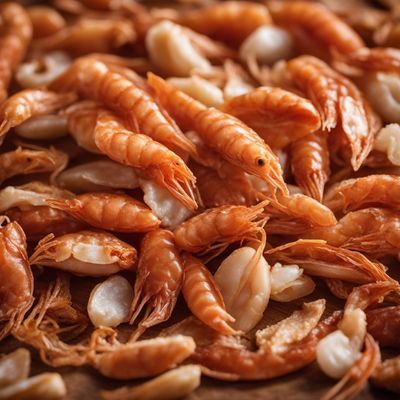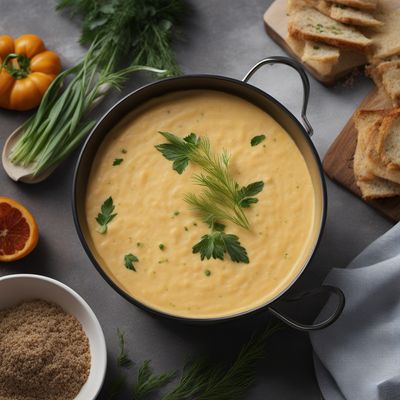
Ingredient
Smoked seafood
The Art of Smoky Delights
Smoked seafood is prepared by exposing it to smoke from burning wood chips, giving it a rich, smoky flavor. It is commonly used in appetizers, salads, pasta dishes, and chowders. The smoking process also helps preserve the seafood, extending its shelf life.
Origins and history
The technique of smoking seafood dates back centuries and was initially used as a preservation method. Native American tribes and Scandinavian cultures were known for smoking fish, while other cultures developed their own variations. Today, smoked seafood is enjoyed worldwide and is particularly prominent in Scandinavian, Asian, and American cuisines.
Nutritional information
Smoked seafood is a good source of lean protein, omega-3 fatty acids, and essential vitamins and minerals. However, the nutritional content may vary depending on the specific type of seafood used and the smoking process. It is generally low in calories and fat, making it a healthy addition to meals.
Allergens
Some individuals may be allergic to certain types of seafood, so it is important to be cautious if you have seafood allergies. Additionally, some smoked seafood products may contain added ingredients or preservatives that could cause allergic reactions in sensitive individuals.
How to select
When selecting smoked seafood, look for products that have a firm texture, moist appearance, and a rich, smoky aroma. Avoid any seafood that appears dry, discolored, or has an overpowering fishy smell. Opt for reputable brands or local smokehouses known for their quality products.
Storage recommendations
To maintain the freshness and quality of smoked seafood, store it in airtight containers or vacuum-sealed bags in the refrigerator. Consume it within a few days of purchase or follow the recommended expiration date on the packaging. Avoid storing it near strong-smelling foods to prevent flavor transfer.
How to produce
Smoking seafood at home requires specialized equipment such as a smoker or stovetop smoker. It is recommended to follow specific recipes and guidelines to ensure proper smoking techniques and food safety. Alternatively, you can purchase pre-smoked seafood from reputable sources.
Preparation tips
Smoked seafood can be enjoyed as is, added to salads, pasta dishes, or used as a topping for pizzas. It pairs well with creamy sauces, citrus flavors, and fresh herbs. It can also be incorporated into dips, spreads, or used as a filling for sushi rolls or sandwiches.
Culinary uses
Smoked seafood is commonly used in various cuisines around the world, including Scandinavian, Asian, and American dishes. It is readily available in seafood markets, specialty stores, and online retailers.





